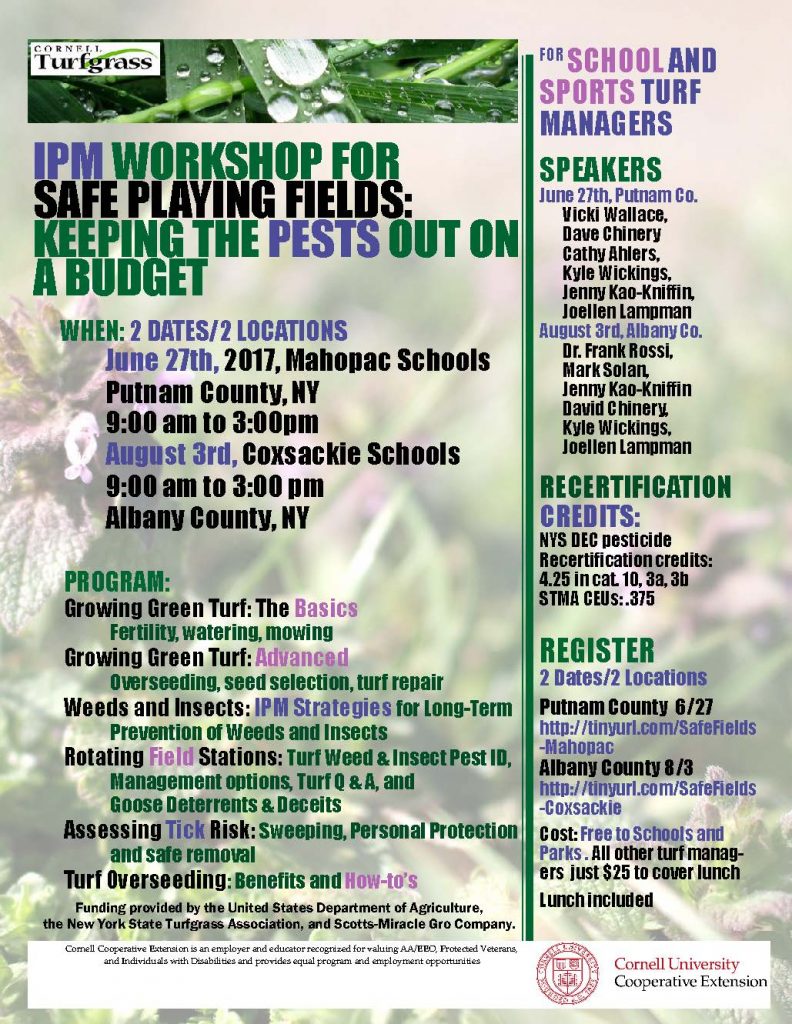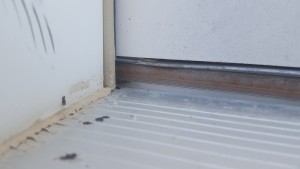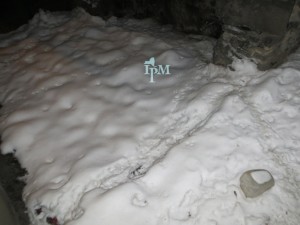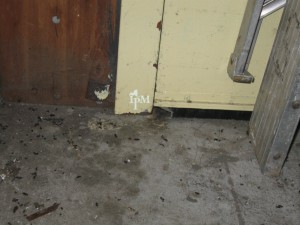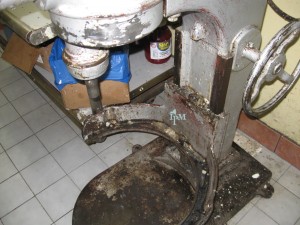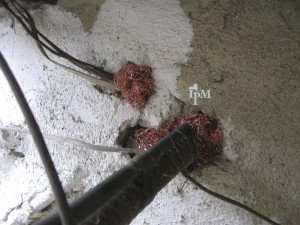“I tried real hard to play golf, and I was so bad at it they would have to check me for ticks at the end of the round because I’d spent about half the day in the woods.” – Jeff Foxworthy
‘Tis the season for requests for emergency pesticide sprays on school and child care grounds to get rid of ticks. The request is often prompted by an irate parent who found a tick on their child.
Problem #1: IPM requires evidence, not complaints, to determine when management should take place. When looking for an exemption to apply pesticides under the Child Safe Playing Fields Act, confirmation that ticks are on the property is essential.
Problem #2: playgrounds and ball fields are lousy tick habitat. As Jeff Foxworthy discovered, golfers who stay on fairways are in little danger of picking up ticks. While it’s always possible a tick dropped off a wandering deer, mouse, or bird, it’s not likely to survive in a dry place for long. Mowed lawn and mulched playgrounds don’t typically have the 85% relative humidity level ticks need to survive.

It’s not easy to tell if a tick has been feeding for up to two days after it starts. But — be aware. This is only an estimate.
Problem #3: ticks are sneaky. Very sneaky. Their entire livelihood depends on being attached to another living being for up to a week without being discovered. A tick found today provides little information about where it was picked up.
But guidance is available. The TickEncounter Resource Center has growth charts showing how a tick’s appearance changes the longer it is able to feed. If you send them a picture, they can determine how long the tick has been feeding.
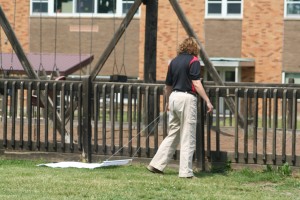
Dragging for ticks can help assess tick risk and help determine next steps for management.
Still, be aware: this is only an estimate.
The upshot is that ticks found on students shouldn’t trigger pesticide applications on playgrounds. But they should trigger the IPM practice of tick monitoring. The easiest way to look for ticks? Dragging.
Tick drags are easy and inexpensive to make. Attach dowels on the ends of a 3’x3’ white flannel cloth and tie a string to each end of one of the dowels. Drag the cloth over grass for 30 seconds. Identify and count the number of ticks clinging to the sheet. Repeat over the entire area. Woods and shrubby areas are easier to scout with a tick flag, which is simply a tick drag with only one dowel attached. Instead of dragging, swipe the bushes and understory with the flag. Everything else remains the same. Done often wherever kids play, you can assess the risk of picking up ticks year-round. According to School Integrated Pest Management Thresholds, the recommended threshold for action for ticks is three ticks in outdoor student activity areas.
Did tick monitoring indicate that the tick population is above threshold on portions or all of your grounds? You can find management practices and more in our fact sheet, Understanding and Managing Ticks – A Guide for Schools, Child Care and Camps.
Looking for more information? Visit Don’t Get Ticked NY.
